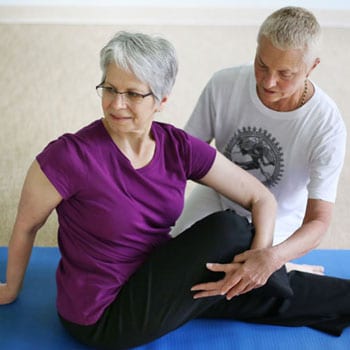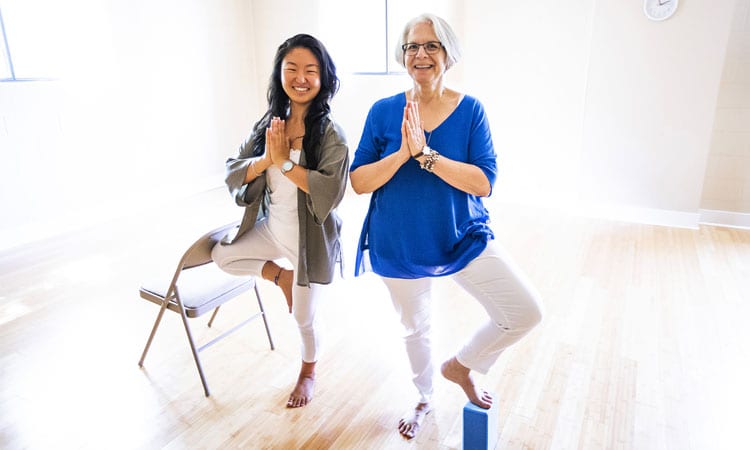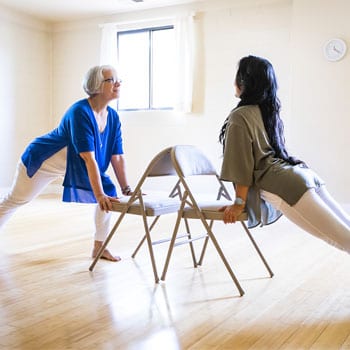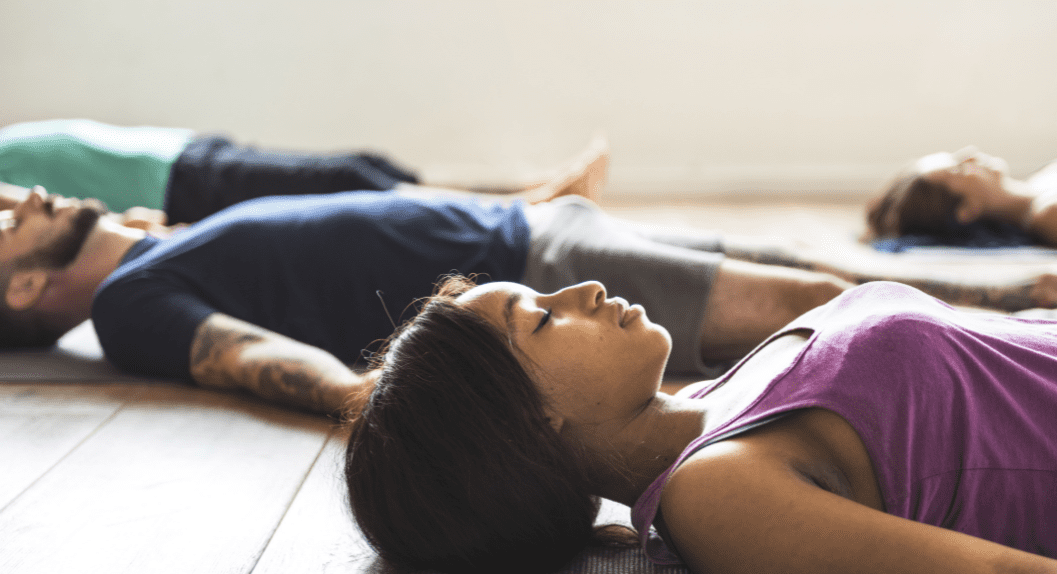Yoga is for Everybody
As far back as the 1970s, Sri Swami Satchidananda, founder of Integral Yoga, emphasized this truth:
“Be he young or old, weak or strong, elderly or sickly. From prince to peasant, child to grandparent, ailing to robust, all can practice these Yoga postures and get maximum benefit.”
-Sri Swami Satchidananda, The Golden Present
However, as Yoga’s popularity has continued to grow, our cultural fixation on youth and athleticism has resulted in a narrow view of the population fit to practice Yoga asana (posture). Advertising is often the culprit, presenting idealized images of young people striking the most advanced physical poses. This narrow focus has left many people uncomfortable at even the thought of walking into a studio.
Fortunately today, new programs like Chair Yoga, Restorative and Adaptive Yoga are being offered to reach a broader population of students. Additional training is available for teachers to learn how to teach to people with various body types, of different ages, and with specific needs. Ranjani Bayne, ERY-T 200, presenter and community member at Yogaville, is an example of a teacher who specializes in these techniques.

Satya Greenstone guides Ranjani in a twist.
Ranjani first developed an interest in modifications during her basic Integral Yoga Teacher Training in 2010. Later, during an impactful experience teaching Yoga at an assisted living home, Ranjani learned how to translate poses for elderly individuals many of whom used wheelchairs. By identifying the muscles used and movements made in classic asanas, she modified poses so those individuals could receive the same benefits.
After several additional trainings, including Chair Yoga Teacher Training, Restorative and Adaptive Yoga Teacher Trainings, Ranjani was inspired. She and Rukmini Ando, E-RYT-200, RYT 500, created the workshop: Adapt, Adjust, Accommodate: Reduce Stress with Gentle Yoga.

Rukmini Ando and Ranjani Bayne in adapted Tree Pose
Adapt, Adjust, Accommodate
Master Sivananda’s teachings to adapt, adjust, accommodate, can be applied broadly to our daily lives as well as to Hatha Yoga classes.
Modifications to adapt poses can be made using chairs, pillows, blocks, and blankets to support bodies in specific poses. Important to note is that adjustments can always be made to make poses more comfortable and accessible, but will vary depending on each student’s needs.
“For example, in Tadasana, we cue feet together or hips distance apart, but for people with bigger bodies, that can feel uncomfortable. So, you adjust it, and instruct to widen their feet, so they can find their length and comfort. Such small tweaks can make a pose much more comfortable.”
-Ranjani Bayne
Ranjani explains that to accommodate within the classroom means to make room for everyone. If a pose doesn’t work for a certain body, the instructor and student can begin a process of exploration, rather than forcing a position that isn’t right. Ranjani also points out that to incorporate accommodation into your Yoga class and your life, it means you commit to accepting yourself and asking your students to do the same. Accommodating yourself means knowing your limits and where and how you need to be supported.
“This body I live in is not the body I lived in twenty years ago. It’s not the body I lived in yesterday. Maybe today I am stiff and the body doesn’t move. And that’s okay. Today I am calm and yesterday I was crazy monkey mind. Both of them are me, both of them are my body, and both are okay. Part of the whole practice is to acknowledge what is happening today, and accommodate that.”
-Ranjani Bayne

Yoga classes shouldn’t be intimidating or embarrassing for anyone. It’s not about competition, or doing a pose perfectly. It’s about moving your body, moving the energy, and connecting with yourself. Yoga is for everyone, and today, teachers like Ranjani Bayne and Rukmini Ando are trained, willing, and ready to make that possible.



